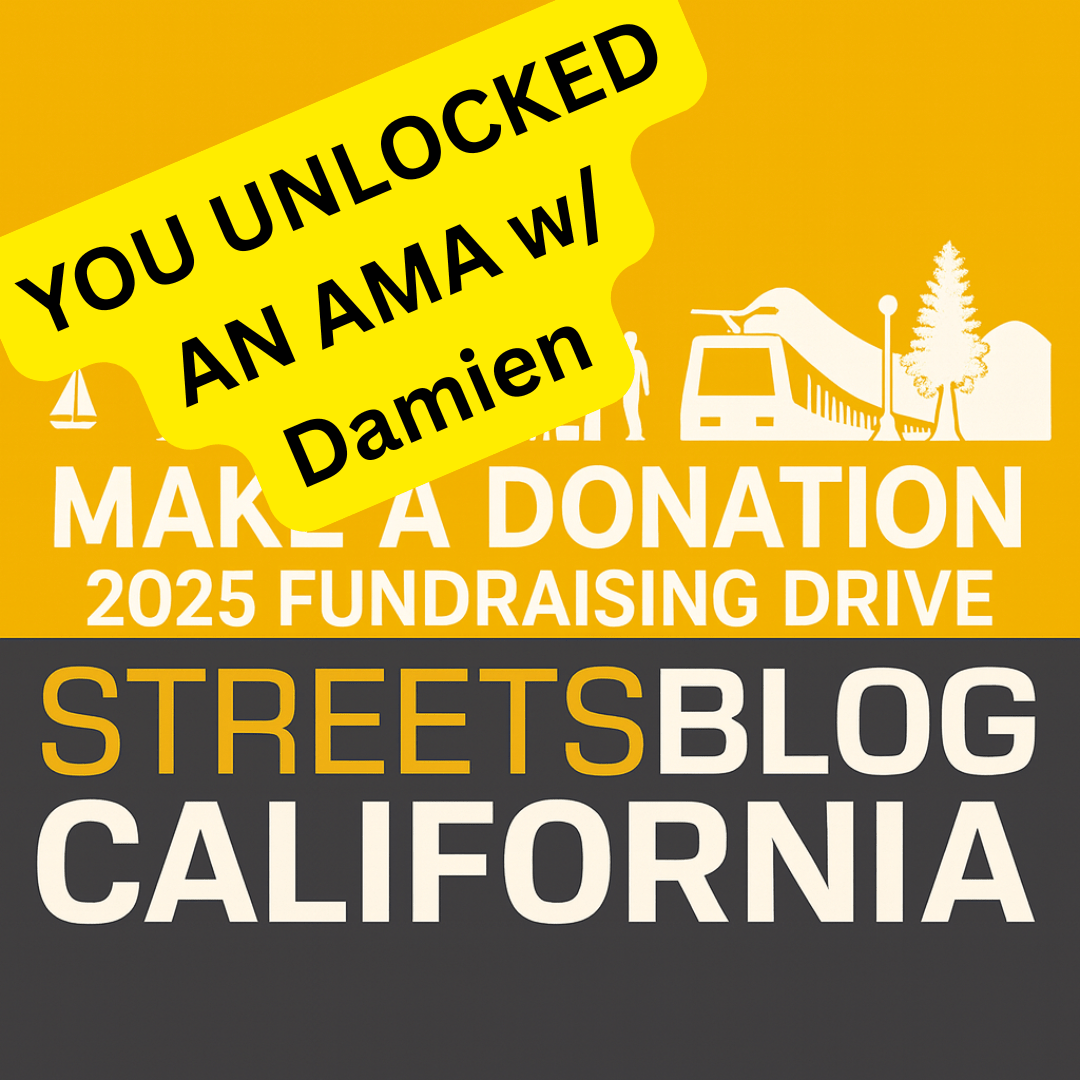"It’s time to drop the small-town mindset and go for a big fix."

That's how Tony Bizjak of the Sacramento Bee described plans to widen the gridlocked Capital City Freeway through the city at a cost of $700 million. Highway widening, to him, must be emblematic of a "big-city mindset."
But as Network blog Systemic Failure points out, other California cities have taken the opposite approach -- achieving growth by tearing down elevated highways:
When San Francisco removed the Embarcadero and Central freeways, it helped launch a property boom that made the city’s real estate some of the most valuable in the country. Across the Bay, Oakland is seeing a similar renaissance with the removal of Lake Merritt’s 12th Street Viaduct and the Cypress freeway relocation. Oakland (yes Oakland) has now passed San Jose to become the nation’s 4th hottest rental market. There is now talk in Oakland of removing I980 as well.
Inner-city highway removal has been so successful, you have to wonder why many cities cling to their outdated design.
Systemic Failure says the Capital City Freeway is a great candidate for this kind of teardown, if only city leaders would recognize it:
Some history: The Capital City freeway formed the original I80 alignment through Sacramento. It is one of those notorious 1960’s projects, which blasted highways through the middle of cities. Because it did not meet modern interstate standards, it was replaced by a new I80 beltway that went through north Sacramento. At that point, the Capital City freeway had largely outlived its original purpose -- and yet the ugly elevated structure has remained.
Underneath the elevated structure, the old street grid remains. The neighborhood retains some of the classic craftsman houses. There is now light rail and a respectable amount of pedestrian activity from the nearby government office buildings.
Replacing the freeway with an at-grade boulevard would transform the neighborhood. And it would move the car traffic more efficiently. That is a much better outcome than spending $700 million and 10 years, just to make traffic worse.
Elsewhere on the Network today: Rebuilding Place in the Urban Space looks at which models for private financing of toll roads are most likely to be successful. Streets.mn shares lessons from 1,500 miles of trips to daycare with a jogging stroller. And Kids in the Stairwell reviews what makes a good infant car seat for a car-free family.





